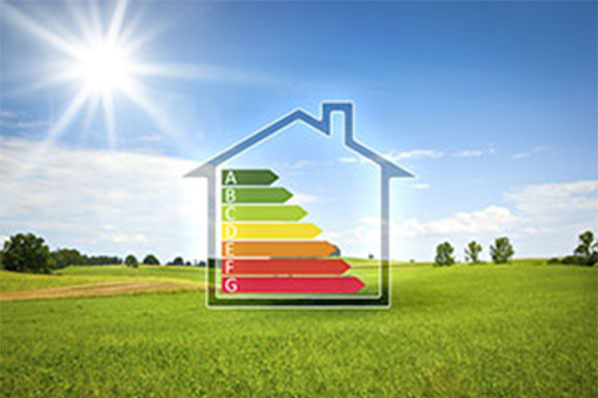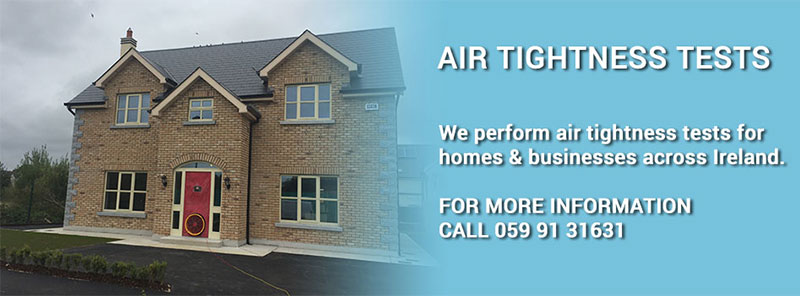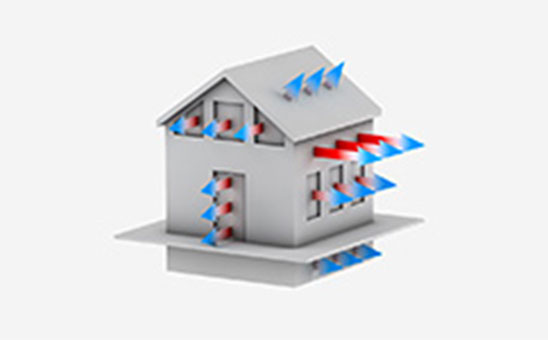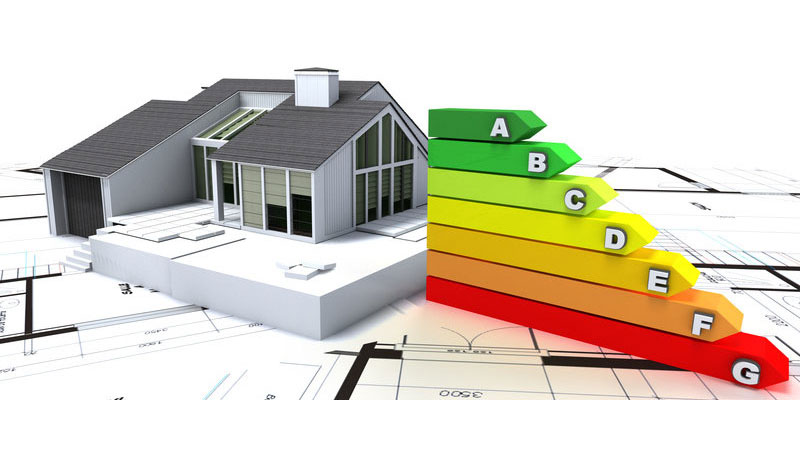Telephone
Click to view
Mobile
Click to view
Website
Contact
Bobby Clifford
Email
Address
Office 1, Level 1
3 Barrack Street
3 Barrack Street
Carlow
County Carlow
R93 W6W4
Ireland
About Greenpro Energy Consultants
GREENPRO ENERGY CONSULTANTS LTD
Greenpro Energy Consultants Ltd was established by Bobby Clifford as a sole trader business in 2009 and was then transferred to a limited company in 2015. Bobby graduated from Waterford Institute of Technology with an Honours Degree in Construction Management in 2005 and went on to work on a number of large projects as a site engineer. With the introduction of the Building Energy Rating (BER) scheme, he successfully completed the BER Assessors training programme and registered as both a domestic and commercial BER Assessor. He is also a registered DEC Assessor and an NSAI registered Air Tightness Tester.
PROJECT EXPERIENCE
Greenpro Energy Consultants Ltd has vast experience on a wide range of projects including BER Certification of existing buildings for sale or rent, County Council building stock upgrade schemes, design and certification of new one off houses and design and certification of housing developments. We have carried out BER assessments on all different sizes and complexities of commercial buildings, from single shop units to factories, hotels, office blocks and nursing homes.
GREENPRO ENERGY CLIENTS
Greenpro Energy Consultants Ltd has completed a variety of projects for many different companies and clients over the past number of years. Our customer base covers a wide range of clients from one off home owners to property developers and large multinational companies. In many instances we have gained repeat business from these customers. We strive to provide the best possible service to our clients while remaining competitive in the market. We work closely with our clients in order to achieve the highest standard for their project; all while keeping within budget.
DOMESTIC BER CERTS
WHAT IS A DOMESTIC BER CERT?
A Building Energy Rating Certificate or BER is essentially an energy label for you building similar to what you would see on an electrical appliance. A BER Cert gives an indication of how energy efficient a building is and is graded on a scale of A-G. An A rated building has the best energy efficiency while a G rated building will have the worst efficiency.
The purpose of a BER Cert is to enable prospective buyers or tenants of a building understand how energy efficient a building is and to gauge their energy costs. An A rated building will typically have lower energy costs that that of an identical G rated building. A BER Cert is accompanied by an Advisory Report which highlights areas where potential energy improvements can be made to improve the comfort of the property and help reduce energy costs.
WHO NEEDS A BER CERT?
A BER Cert must be provided by the seller of a property to prospective buyers or tenants when the building is constructed sold or rented. A BER Cert is compulsory for all new buildings and all existing buildings for sale or rent after the 1st January 2009. A BER Cert is also required if you are applying for an SEAI energy upgrade grant. The following buildings are exempt from requiring a BER Cert.
WHAT IS PART L COMPLIANCE?
All new dwellings must be built in accordance with Part L of the building regulations. Part L compliance is demonstrated using the Dwelling Energy Assessment Procedure (DEAP) as published by SEAI. The key factors affecting compliance are
Air Tightness test result which must be 7m3/hr/m2 or better Carbon Performance Coefficient which must be below 0.46 Energy Performance Coefficient which must be below 0.40 U-values of building elements Renewable contribution
WHAT IS AIR TIGHTNESS TESTING?
Air tightness testing also known as blower door testing is now mandatory for all new dwellings. Air tightness testing should be carried out on all development sites including single dwelling developments. In a housing development at least one test per dwelling type is required and a testing regime as outlined in Table 4 of TGD L must be followed. Testing must be carried out by persons certified by an independent third party such as NSAI.
In order to achieve compliance with the building regulations a dwelling must achieve a test result of 7m3/hr/m2 or below when tested at 50 Pascals pressure difference. The result of the test is used in the Dwelling Energy Assessment Procedure (DEAP) when calculating the BER rating of a dwelling. However, test results far better than this backstop value are usually required in order to comply with Part L of the building regulations. A test result of between 3m3/hr/m2 and 5m3/hr/m2 is generally regarded as best practice for naturally ventilated dwellings while test results less than 3m3/hr/m2 are generally recommended for mechanically ventilated dwellings.
Contact us
Greenpro Energy Consultants Ltd was established by Bobby Clifford as a sole trader business in 2009 and was then transferred to a limited company in 2015. Bobby graduated from Waterford Institute of Technology with an Honours Degree in Construction Management in 2005 and went on to work on a number of large projects as a site engineer. With the introduction of the Building Energy Rating (BER) scheme, he successfully completed the BER Assessors training programme and registered as both a domestic and commercial BER Assessor. He is also a registered DEC Assessor and an NSAI registered Air Tightness Tester.
PROJECT EXPERIENCE
Greenpro Energy Consultants Ltd has vast experience on a wide range of projects including BER Certification of existing buildings for sale or rent, County Council building stock upgrade schemes, design and certification of new one off houses and design and certification of housing developments. We have carried out BER assessments on all different sizes and complexities of commercial buildings, from single shop units to factories, hotels, office blocks and nursing homes.
GREENPRO ENERGY CLIENTS
Greenpro Energy Consultants Ltd has completed a variety of projects for many different companies and clients over the past number of years. Our customer base covers a wide range of clients from one off home owners to property developers and large multinational companies. In many instances we have gained repeat business from these customers. We strive to provide the best possible service to our clients while remaining competitive in the market. We work closely with our clients in order to achieve the highest standard for their project; all while keeping within budget.
DOMESTIC BER CERTS
WHAT IS A DOMESTIC BER CERT?
A Building Energy Rating Certificate or BER is essentially an energy label for you building similar to what you would see on an electrical appliance. A BER Cert gives an indication of how energy efficient a building is and is graded on a scale of A-G. An A rated building has the best energy efficiency while a G rated building will have the worst efficiency.
The purpose of a BER Cert is to enable prospective buyers or tenants of a building understand how energy efficient a building is and to gauge their energy costs. An A rated building will typically have lower energy costs that that of an identical G rated building. A BER Cert is accompanied by an Advisory Report which highlights areas where potential energy improvements can be made to improve the comfort of the property and help reduce energy costs.
WHO NEEDS A BER CERT?
A BER Cert must be provided by the seller of a property to prospective buyers or tenants when the building is constructed sold or rented. A BER Cert is compulsory for all new buildings and all existing buildings for sale or rent after the 1st January 2009. A BER Cert is also required if you are applying for an SEAI energy upgrade grant. The following buildings are exempt from requiring a BER Cert.
- Protected structures
- National monuments
- Places of worship
- Non residential agricultural buildings
- Stand alone buildings with total floor area less than 50 sq/m
- Industrial buildings with an installed heat capacity that does not exceed 10W/m2
WHAT IS PART L COMPLIANCE?
All new dwellings must be built in accordance with Part L of the building regulations. Part L compliance is demonstrated using the Dwelling Energy Assessment Procedure (DEAP) as published by SEAI. The key factors affecting compliance are
WHAT IS AIR TIGHTNESS TESTING?
Air tightness testing also known as blower door testing is now mandatory for all new dwellings. Air tightness testing should be carried out on all development sites including single dwelling developments. In a housing development at least one test per dwelling type is required and a testing regime as outlined in Table 4 of TGD L must be followed. Testing must be carried out by persons certified by an independent third party such as NSAI.
In order to achieve compliance with the building regulations a dwelling must achieve a test result of 7m3/hr/m2 or below when tested at 50 Pascals pressure difference. The result of the test is used in the Dwelling Energy Assessment Procedure (DEAP) when calculating the BER rating of a dwelling. However, test results far better than this backstop value are usually required in order to comply with Part L of the building regulations. A test result of between 3m3/hr/m2 and 5m3/hr/m2 is generally regarded as best practice for naturally ventilated dwellings while test results less than 3m3/hr/m2 are generally recommended for mechanically ventilated dwellings.
 Ireland
Ireland UK
UK Scotland
Scotland London
London
















